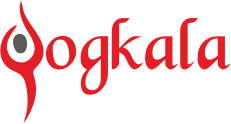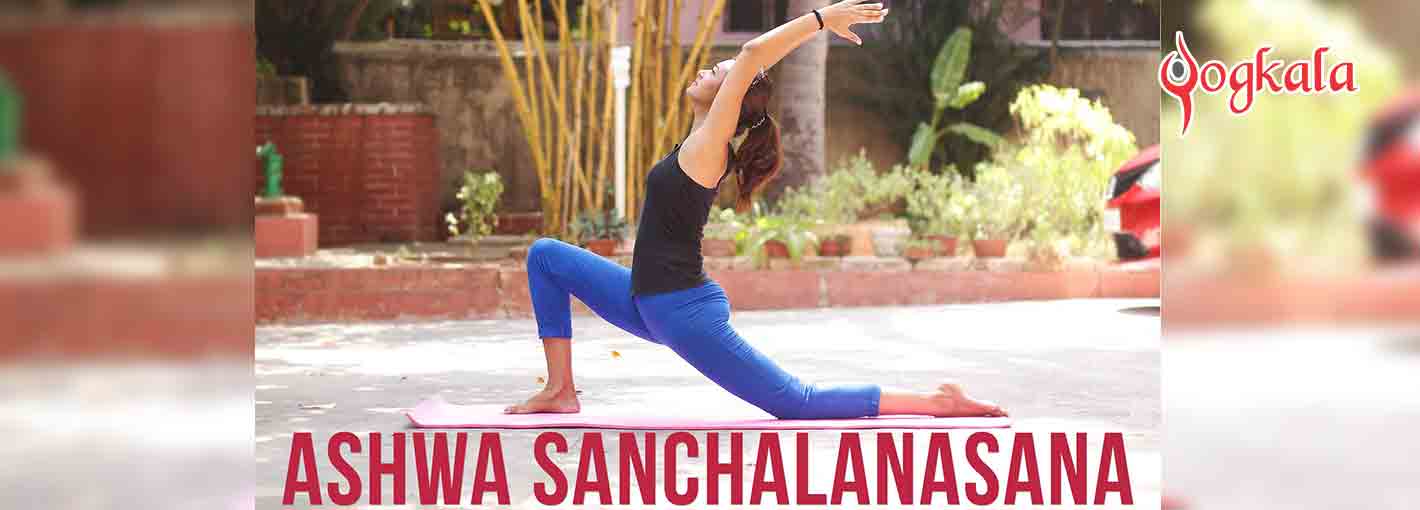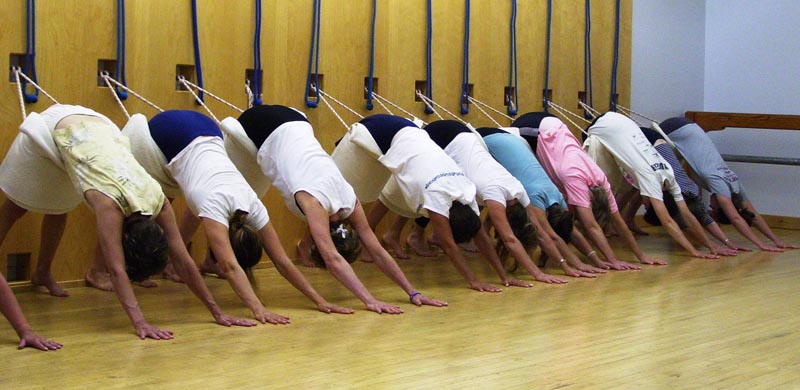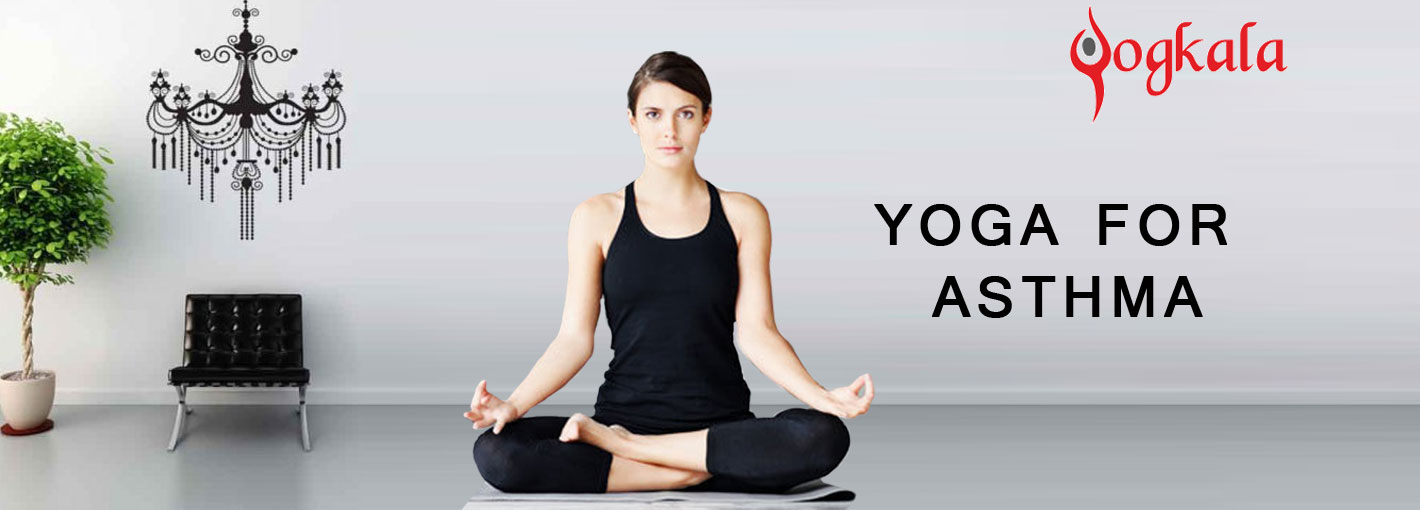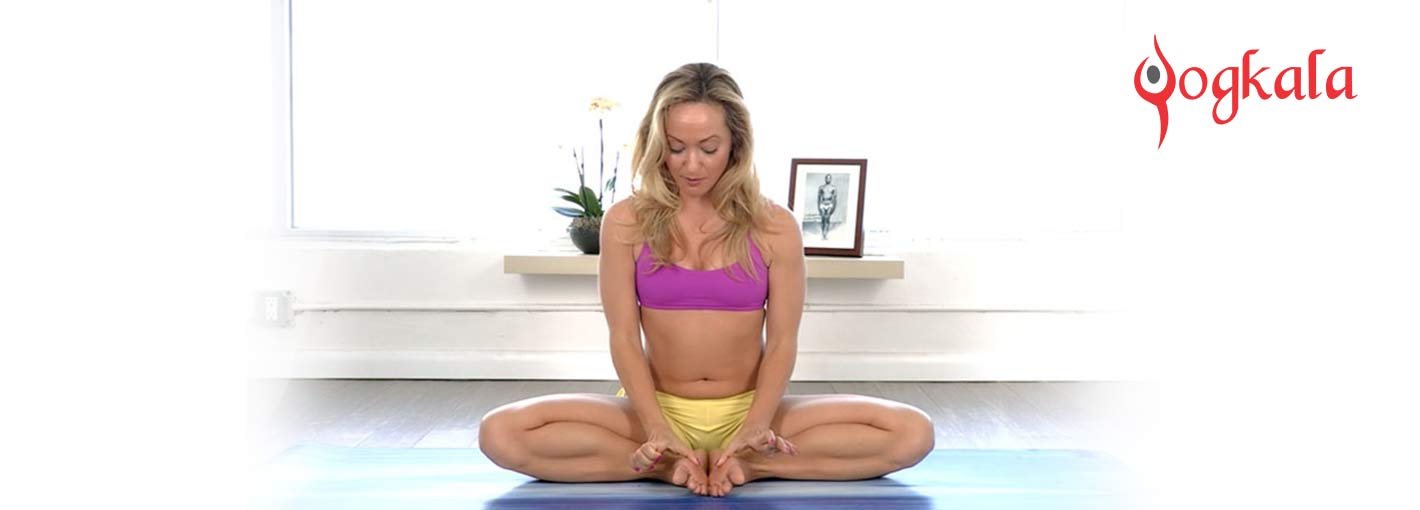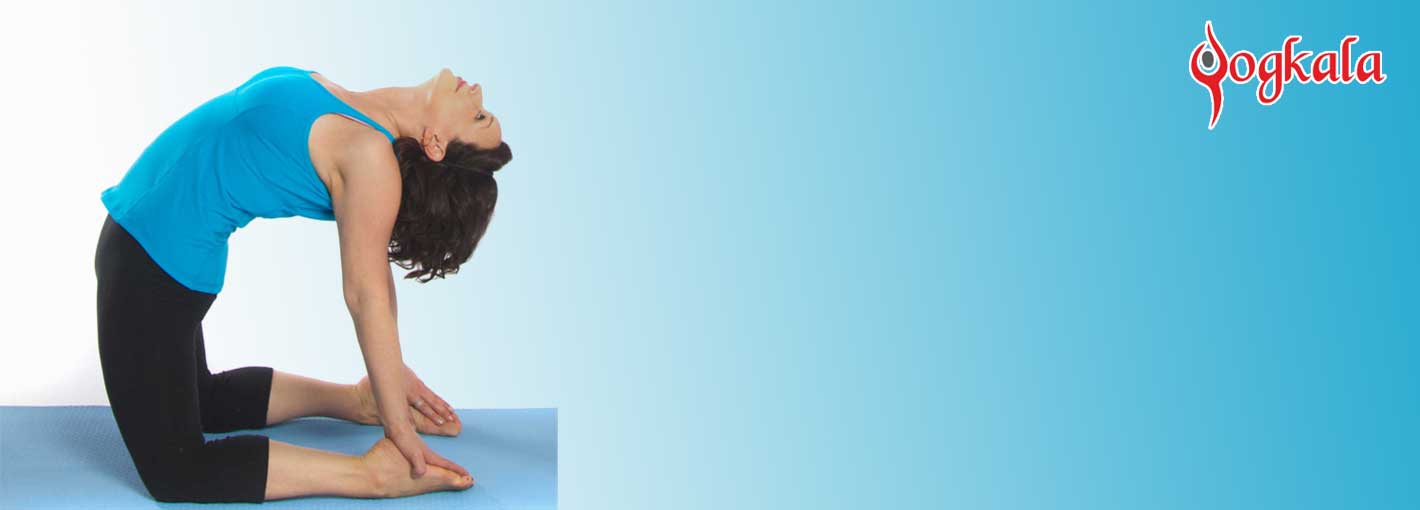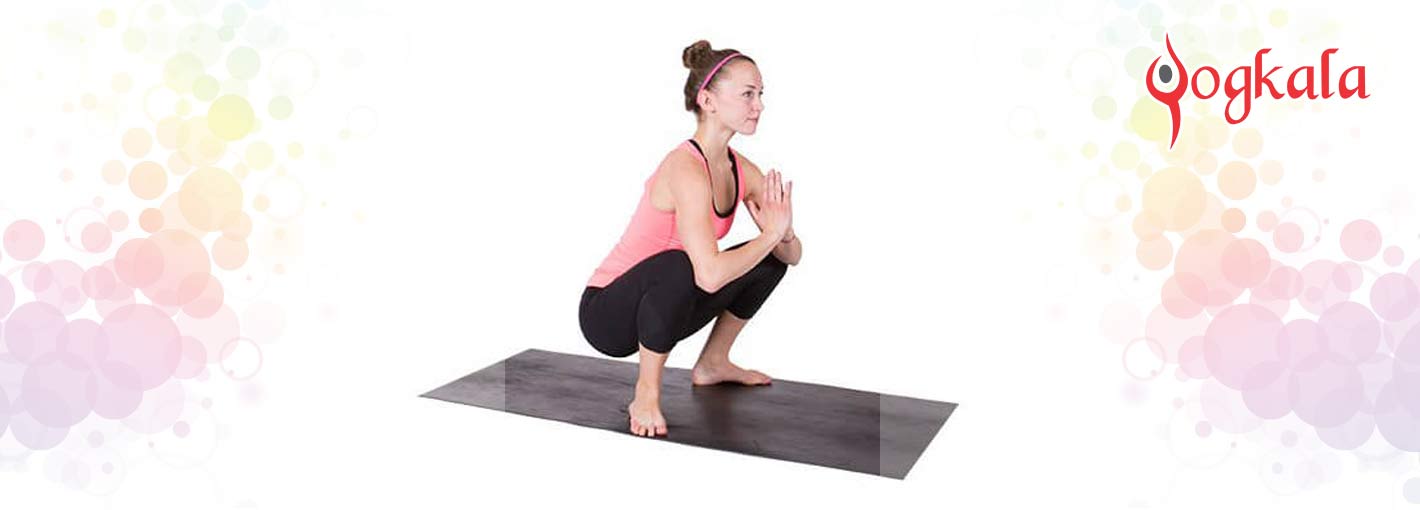Steps, Benefits & Precautions Of Performing Kapotasana (Pigeon Pose)
Kapotasana or pigeon pose is a really effective yoga pose that looks as graceful as the pigeon. The word ‘Kapotasana’ is a combination of kapota (meaning ‘pigeon’) and asana (meaning ‘seat’ or ‘posture’). It gives a good stretch to your whole body. This is a great asana to energize and strengthen your spine and brain.
Here are the step-by-step procedure, several health benefits and precautions of doing kapotasana.
Here’s How To Do Kapotasana
Image Source = “stylecraze”
- Begin by sitting comfortably on a mat in Ushtrasana.
- Breathe in and raise your lower abdomen upward. Make sure to pull it in before raising it. As you do this, move your tailbone downward to stabilize the lower back and breathe out.
- Now breathe in and pull both your arms such that they are along ears. Breathing out, move backward ensuring that your lower back is straight and stable. Breathe in and then move further.
- Raising your shoulders gently, squeeze your elbows toward each other. Move your head backward and hold the pose for 5 breaths.
- Breathe in again and bring your arms to the floor. Pressing your feet into the floor, bend the knees as much it’s necessary for reaching the palms of your hands, outside each foot. Keep moving backward keeping a check on lower back.
- Walk your hands in backward direction towards the knees such that fingers touch heels. After they touch each other, hold them firmly.
- Holding both your feet, squeeze the elbows towards each other and push the hip forward.
- While breathing out, bend your elbows and fix them on floor. Holding the position for around 30 seconds to 1 minute.
- Keeping the breathing normal, assume the Balasana or child’s pose and gently come back to the initial pose.
The Many Health Benefits Of Pigeon Pose
- Increases flexibility in spine, arms, thighs, calf muscles, hands and shoulders.
- Treats urinary disorders
- Stretches and strengthens leg muscles and joints
- Relaxes the mind and releases stress
- Reduces stiffness in hips, back and shoulder
- Stimulates nervous system and increases oxygen intake
- Tones throat muscles and organs inside the rib cage, abdomen, and chest.
- Regulates blood circulation
- Improves digestive system
- Reduces effects of chronic diseases
- Relieves sciatica pain and makes lungs stronger
Precautions & Contraindications
- Do NOT perform this pose if you have low or high blood pressure.
- People affected by insomnia, hypertension and migraine should avoid this pose.
- Do NOT practise this pose in case of serious low back or neck injury.
